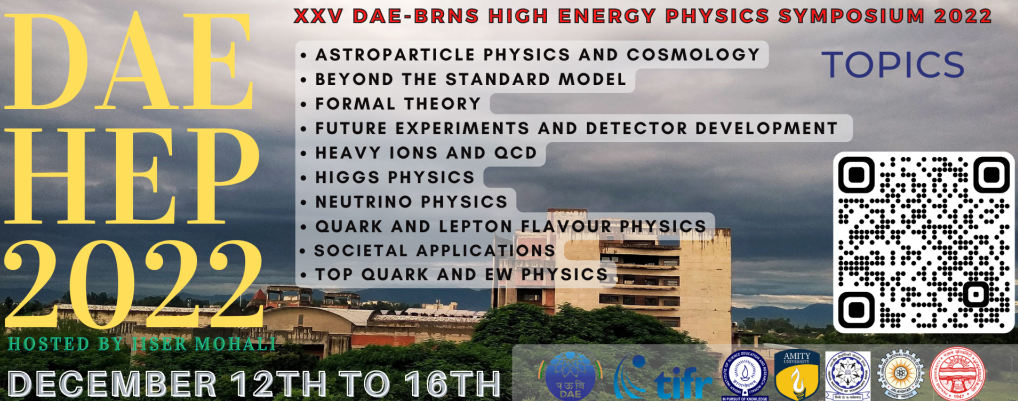Speaker
Description
The motivation of the cosmic muon veto (CMV) detector is to explore the feasibility of building a large scale neutrino experiment at shallow depths. Our earlier studies with a small scale experimental setup have yielded encouraging results with cosmic muon veto efficiency of 99.98%. However, a much larger scale experiment is required to establish and improve this result. With an aim to achieve 99.99% veto efficiency and a false-positive rate of less than $10^{−5} $, an extruded plastic scintillator (EPS)-based active veto system for cosmic ray muons is being built around the existing miniICAL detector- a scaled down version of the ICAL detector, at the transit campus of India based Neutrino Observatory, Madurai. Each EPS consists of two WLS fibres to collect the scintillation photons and four silicon-photomultipliers (SiPMs) as photo-transducers. The smallest module called a di-Counter is formed by combining two EPS units. A super-module called a tile, comprises 4 such modules. A veto layer is formed by placing these super modules adjacent to each other to cover entire mini-ICAL detector. To achieve high efficiency and also to cover the dead space, upto four of these layers are stacked, to form a veto-wall. Four of these walls- one on top, two on either sides and one on rear end, are part of active veto system which covers the miniICAL detector.
Performance of modules as well as of the super-modules along with WLS fiber and SiPM readout system as well as that of muon reconstruction in the miniICAL have been well established. Using these developments, this work examines the feasibility of building such a large veto system around the miniICAL detector using the GEANT4 toolkit. In this work, efficiency of the CMV is estimated using reconstructed muon tracks in the RPC stack with sufficient hits and good fit quality. The performance of the CMV detector is tested with and without a magnetic field using the muon reconstruction algorithm and extrapolating the same to the veto detector. The overall expected performance of the CMV around the miniICAL will be discussed in this presentation.
| Session | Future Experiments and Detector Development |
|---|
